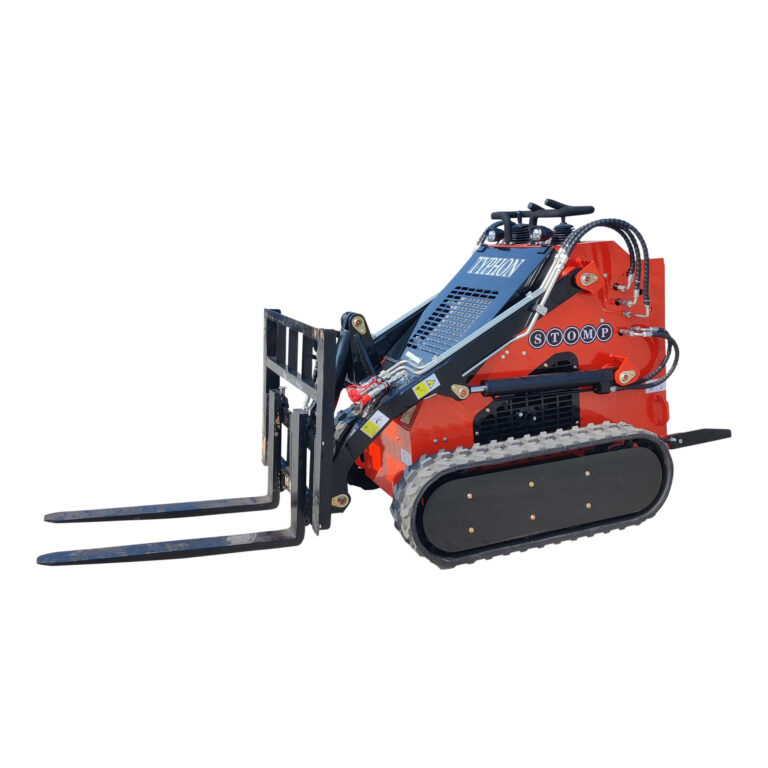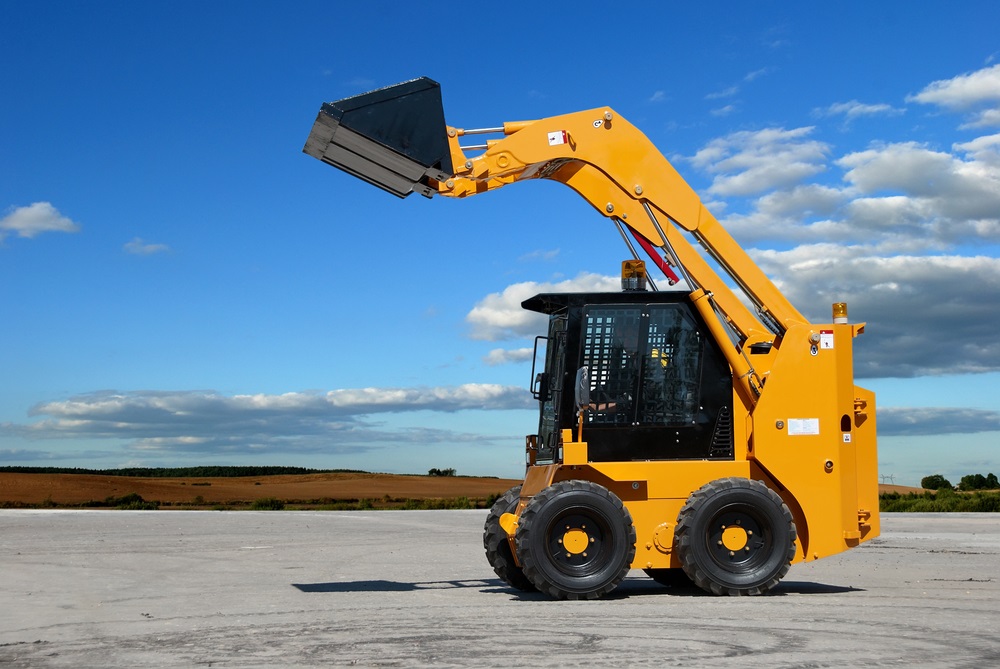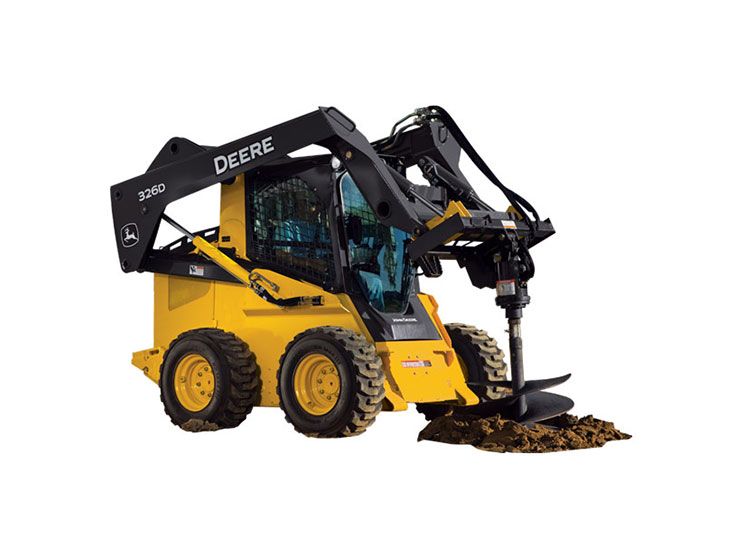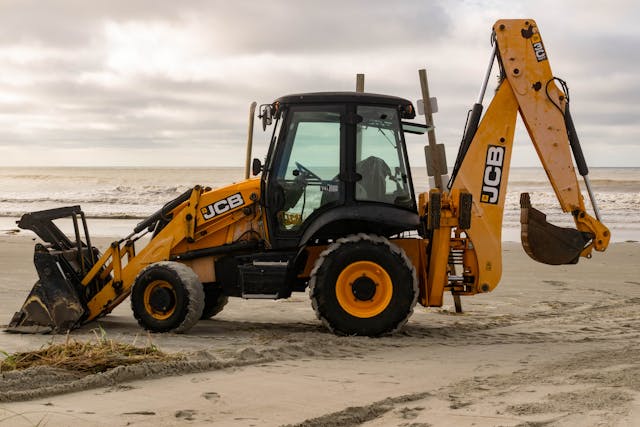In what way do you measure pallet forks?
Introductions
Essential accessories for forklifts, pallet forks allow safe and effective material handling in many different sectors. Accurate measurement of pallet forks is essential for assuring compatibility, safety, and best performance regardless of your industry—warehouse, building, or manufacturing. Learning the craft of pallet fork measuring can help you to keep a safe workplace and increase the output of your forklift.
Why Should One Measure Pallet Forks?
Safety and best performance depend on the proper pallet fork size being chosen. Should the forks be too short, they could not be sufficient to sustain the weight, therefore raising material tipping or drop danger. On the other hand, too lengthy forks could cause an unequal weight distribution, therefore compromising the machine’s stability. Correct dimensions guarantee:
- Fit for your tractor, forklift, or skid steer
- Safe and effective load management.
- Manufacturer standard compliance
- Lessening of attachment’s and machine’s wear and tear
- More operational efficiency and output
Important Notes for Pallet Forks – Key Measurements
Many important factors should be taken into account when choosing pallet forks to guarantee fit with your forklift and the commodities you plan to handle. These readings directly affect the load capacity, stability, and general functioning of the fork.
Fork Length
The fork length is the distance from the heel—where the fork joins to the carriage—to the tip of the fork. The pallet fork’s length controls the depth of pallet penetration as well as the load’s supported depth. Larger, deeper pallets usually call for longer forks; smaller, more compact loads are suited for shorter forks. The right length will help to avoid damage and load instability.
The fork length controls the depth of sliding for the forks under a load. Starting from the heel—the place where the fork bends—you then measure to the fork tip.
- Common fork lengths go from 36 to 42, 48, 60 to 72 inches.
- Choose the suitable length depending on the kind of weights you routinely manage.
Fork Width:
Measuring across the flat surface of the fork, the pallet fork blade’s breadth is Greater load stability and more fair weight distribution from wider forks help to lower the tipping danger. The pallet’s size and the kind of cargo being handled should guide the choice of breadth.
- Load distribution and stability change with fork width.
- Measure across the broadest point of the fork blade to gauge the width.
- Standard widths for each fork go from 3 to 8 inches.
- Make sure the prongs span your pallets’ or materials’ load-bearing zone.
Thickness:
The pallet fork blade’s thickness is measured from opposite the breadth. Designed for heavy-duty uses and with more load capacity, thicker forks The thickness guarantees that the fork can bear the expected weight without bending or breaking as it directly links with its strength and longevity.
- The fork’s thickness affects both its weight capacity and general lifetime.
- Standard thicknesses usually run from 1.5 inches to 2.5 inches; thinner
- Forks are suitable for heavy-duty applications as they provide larger lifting capacity.
- Place a caliper or measuring tape at the thickest section of the fork blade.
Capacity:
This dimension shows the pallet fork’s maximum weight it can safely manage at a given load center. Usually the manufacturer provides the capacity; so, it is never advisable to exceed. Preventing accidents and guaranteeing safe material handling techniques depend critically on an awareness of the load capacity.
Every pallet fork set comes with a weight capacity that has to meet the lifting capability of your equipment. To find capacity:
- Consult manufacturer load limit requirements.
- Make sure your forks are rated for the highest weight you intend to lift.
- Safety concerns and equipment damage may result from overloading forks.
Carriage Mounting Type:
The kind of carriage mounting used here describes how the pallet fork hooks itself to the forklift carriage. Typical forms include hook, pin, and shaft kinds. Dependable and safe functioning depends on the fork and the carriage being compatible.
The mounting frame where the fork fasteners are is the carriage.
- Based on the breadth and attachment style, determine the type of carriage—type II, III, or IV.
- To guarantee appropriate fork fitting, measure the horizontal width of the carriage
- Carriage width varies depending on machine type; hence, confirm with manufacturer recommendations.
Fork Height:
The vertical distance from the bottom of the fork blade to the top of the shank—the upright section that fasteners to the carriage—is known as fork height.
- Measure from the lowest point of the blade to the highest point of the shank
- Fork heights depend on machine type and attachment style.
How the Measurement Parameters Works?
Let’s investigate each measurement parameter more closely to provide a more complete knowledge of their relevance.
Length: Guaranturing Correct Pallet Penetration
The reach and support pallet forks provide to the load depend critically on their length.
- Selecting the right length guarantees that the forks reach deep enough into the pallet to provide sufficient support and stop the weight from moving.
- Shorter forks are better suited for smaller, more compact loads; longer forks are helpful for handling big, deep pallets.
- Using overly short forks could cause load instability and possible pallet or material damage during handling.
- While choosing the suitable fork length, it is essential to take into account the usual pallet dimensions utilized in your activities.
- Most businesses will have a set size pallet; however, the fork length should be chosen depending on the bottom of the pallet as well as the goods on the pallet.
Width: Improves Load Stability
Load stability and weight distribution depend much on the breadth of the pallet fork blade.
- Wider forks lower the danger of tipping by spreading the weight more fairly and provide a wider surface area.
- Pallet size and the kind of cargo being handled will determine the width choice.
- Wider forks are especially helpful for managing large or heavy loads needing more stability.
- Shorter forks might make the weight tip over and become unstable.
- One should measure the fork width from the broadest point of the blade.
Thinness: Optimizing Load Capacity
The load capacity and durability of a pallet fork blade are closely correlated with its thickness.
- Designed for heavy-duty uses and with better load capacity, thicker forks
- The thickness guarantees that the fork can resist the expected weight without bending or breaking.
- Choosing forks with enough thickness will help one to manage the loads’ maximum weight.
- Should the forks be too thin, they may bend and result in product fall-off.
- Usually close to the heel, the thickness should be gauged at the thickest section of the blade.
Capacity: Know Load Limits
One of the most important safety factors pallet forks’ load capacity represents should never be exceeded.
- The capacity shows the most weight the fork can securely manage at a given load center.
- You must make sure your pallet forks’ load capacity corresponds with the weight of the handled items.
- Overloading the weight capacity could cause fork failure, therefore causing mishaps and maybe injury.
- The distance between the front face of the forks to the load’s center of gravity defines the load center.
- Usually seen on the forks themselves or in the manufacturer’s paperwork is the load capacity.
Type of carriage mounting: guaranteeing fit
How the pallet fork hooks to the forklift carriage depends on the kind of carriage mounting used.
- Typical mounting forms include hook, pin, and shaft type.
- Safe and dependable functioning depends on the fork and the carriage being compatible.
- Choosing the right mounting type guarantees the forks stay firmly connected throughout operation and helps to avoid slippage.
- Most often used hook kind lets the forks change quickly.
- Heavy duty uses call for pin type.
- Though less prevalent, some heavy load uses call for a certain kind of shaft.
Industry benchmarks and best practices
Measuring and choosing pallet forks guarantees safety and optimum performance only by following industry standards and best practices.
- For precise measurement and selection, refer to the manufacturer’s specs and guidance.
- Examine pallet forks often for wear and tear; replace them as necessary.
- Instruct forklift drivers on correct measuring methods and safe handling procedures.
- Following OSHA and ANSI guidelines for forklift operations and pallet fork safety is crucial.
- Regular maintenance helps to avoid mishaps while using forklifts and pallet forks.
Advanced Considerations Regarding Pallet Forks
Beyond measures, several considerations help to choose the appropriate pallet forks. These comprise:
- Material and Build Quality: For greatest lifetime, use forged steel forks.
- Tapered vs. non-tapered forks: While non-tapered forks provide more strength, tapered forks simplify pallet access.
- Adjustability: Some forks let one handle different load sizes by varying widths.
If your equipment has a quick-attach system, make sure the forks are suitable; otherwise, take into account whether you need ordinary, heavy-duty, or specialist forks for certain usage.
Useful Advice for Precision Measurement
Use the following useful advice to guarantee pallet fork measurements are accurate:
- For exact measures, use a calibrated measuring tape or ruler.
- To prevent mistakes, measure the prongs as they come free from the forklift.
- Record every measurement and specification for further use.
- See a forklift specialist or supplier for professional guidance on choosing the correct pallet forks.
- Verify all measures twice to help to decrease mistakes.
- Use digital calipers to improve precision.
Finish Line
Compliance, safety, and best forklift performance depend on accurate pallet fork measurement. Selecting the appropriate forks for your particular requirements will depend on your knowledge of the main measuring criteria, industry standards, and sensible advice.
This all-encompassing manual has given you the tools to improve your material handling practices and make wise judgments. Always give safety first priority, and when necessary, see professionals. Learning the art of pallet fork measurement can help you greatly increase the effectiveness of your forklift and preserve a safe working conditions.

